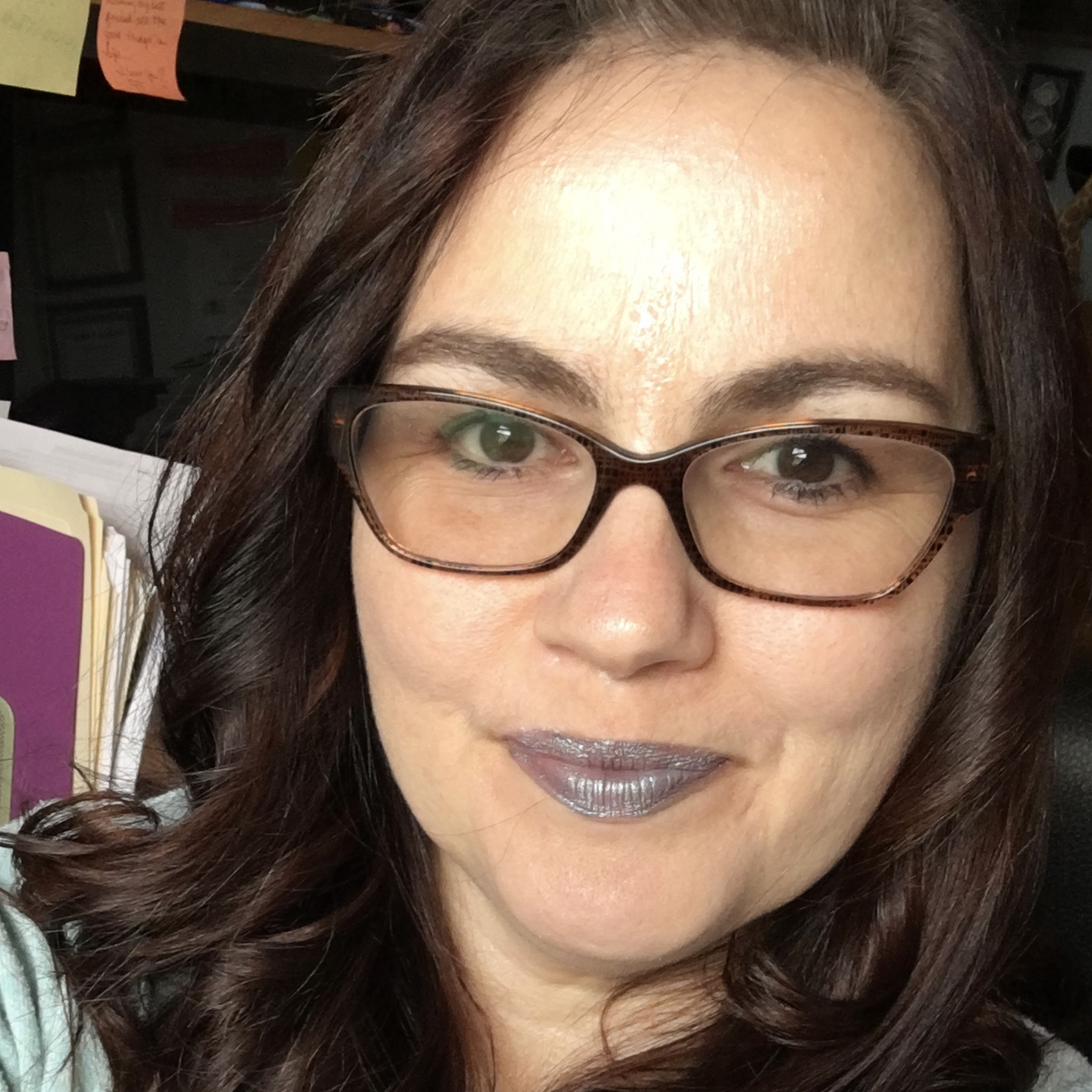As we strive to achieve the goals of a global classroom and equity in education, we must take a moment to reflect on who will belong to our classroom community. As teachers, we work hard to create equal access to learning for all of our students, but what does that mean? Equal access means that each student, regardless of race, ethnicity, religion, culture, gender, socio-economic status or ability, has an opportunity to receive an education of the same caliber as his/her peers. We know, however, that there is not a “one size fits all” education plan. This is the very access point for differentiation. When we differentiate instruction, we are tailoring the lesson to each student’s individual needs. We do this by being mindful of our students and understanding (and, sometimes, uncovering) their strengths, weaknesses, learning styles, prior knowledge, interests and needs.
As educators, we do this without even realizing it. We reword questions, show pictures to teach vocabulary words and realize that our kinesthetic learners need a project to complete with their hands. We understand that our classroom is a smorgasbord of learning styles. While we, as teachers, may have the skills to do some of these things naturally, it is truly beneficial to look at each student and think about how we can make a conscious effort to differentiate for that particular student. Our goal is equal access to a quality education.
There are four main areas to focus on as we tailor to the educational needs of our students. Keep in mind that some of these may overlap. These four points will provide the foundation for differentiation and are just as possible in a virtual classroom as they would be in a brick and mortar environment. As a VIPTeach Global Online Teaching Fellow, our teaching practicum enables my colleagues and I to virtually instruct classrooms of underserved English Language Learners (ELL). Let’s use the context of the virtual English classroom to explore the key pillars of differentiated instruction.
Learning environment
How is the classroom environment conducive to learning? How are we meeting each child’s needs? In the Global Online Teaching Fellowship, our students may have never seen a foreign teacher before, much less heard one speak. How intimidating (and exhilarating) is that? Being certain that your students are comfortable in this new environment and situation is crucial. When students are comfortable, they will build confidence and be able to engage with others without fear of humiliation. We should develop a rapport with our students and learn a bit about their backgrounds and lifestyles. Any prior knowledge they have and can share will be beneficial to you as their English educator.
Process
The key to understanding our students is to understand how they process the information we are giving them. Are your students auditory, visual or kinesthetic learners? Chances are, you’ll have a mix. As you prepare for your lesson, think of the different senses.
Auditory learners learn best by hearing, so repeat the words. Focus on making each sound stand out. Your students will learn from one another; have them each say the words and correct any pronunciation errors. Keep in mind, your auditory learners are focused on sounds. Read to them, allow them to listen to stories, podcasts, etc. Our auditory learners benefit from having all directions read to them, as well. Now, be attentive to the fact that ELLs will have varying levels of English proficiency, which means slow down, enunciate and exaggerate your intonation. Songs are great for this! Sing your heart out!
Our visual learners are going to need to see the work. They need to read it, look at pictures, see the words written (flashcards with pictures and words are great). Graphic organizers are great for visual learners and can be as simple as a Venn Diagram comparing birds and mammals or as complex as a double bubble map. We have seen these used in everything from identifying main ideas and supporting details to analyzing characters.
Last, but certainly not least, are our kinesthetic learners. They need to touch and move. These students will love your overemphasized Total Physical Response (TPR) because they are doing it right along with you. Some examples of excellent kinesthetic activities for various levels are tracing letters in the air, running in place, jumping, kicking, hopping, moving like an animal, Simon Says and so on.
Let’s practice for a moment. You are teaching the word “stop” to an auditory learner, visual learner and kinesthetic learner all at the same time. What do you do? Did you show a stop sign, yell stop in a fun voice and hold up your hands as if to tell someone to stop? If so, you just taught all three learning styles at once, and it didn’t take any extra time. Congratulations!
Content
A crucial component to differentiating for any class is to understand when a student doesn’t understand. How are we going to help the student access this information? When working with ELLs, we want them to be able to build a strong, solid foundation. In order to do this, we need to make sure they grasp what we are teaching. I love this quote from a very smart student: “I know it, I just don’t know it in English.” How insightful! When we show a student a giraffe, they may know the animal; what they do not know is its English name. We might ask the student, “What is this animal?” We give the appropriate wait time for a response (20-30 seconds), no answer. When differentiating, we now need to focus on how to get this student to understand. We might change the wording of the question and ask, “What is this?” We could show the word “giraffe” with a picture of a giraffe. Another option could be to act out a giraffe. We may, even, have a prop. Other techniques to differentiate content for ELLs can include working with classmates of different levels, watching videos, using various sentence frames, playing games using words and so on.
Products
In a brick and mortar classroom, products can take the form of a mobile, book report, model, etc. In a virtual classroom, especially an English Language classroom, our products take the form of correct pronunciation, excellent sentence structure, using the newly taught grammar rules appropriately, spelling new words or reading the sight words faster and faster. We want to see what they’ve learned. Our assessments are critical here. They will help us differentiate our learning for the next lesson (or that lesson, depending on the type of assessment). Take what the students are doing well and look at why they are doing that well. Use your newly-formed knowledge to help them with something they may not be doing well. Learning styles play a huge role in how they produce the material.
We all learn differently. The next time you teach, do not hesitate to rethink your activity on the spot. If a student doesn’t understand the material as it is presented to them, it is our duty to present it in a way that makes sense. Don’t be afraid to offer sentence frames for one student in a class, but not another. Never underestimate the power of a picture to help one student, while the other might need to see the written word. With practice, differentiating in a classroom can actually save time and provide amazing results for your students. Equity in education revolves around our abilities to modify our instruction to obtain maximum output from our students. Doing this in a virtual classroom may require a bit of ingenuity, but it’s nothing you can’t handle. The mission to create a global classroom and a world where students are all on an equal playing field requires us to help our ELLs thrive. In doing so, we are allowing our students to dream bigger than they thought they could. We are allowing them to envision a bright future!


